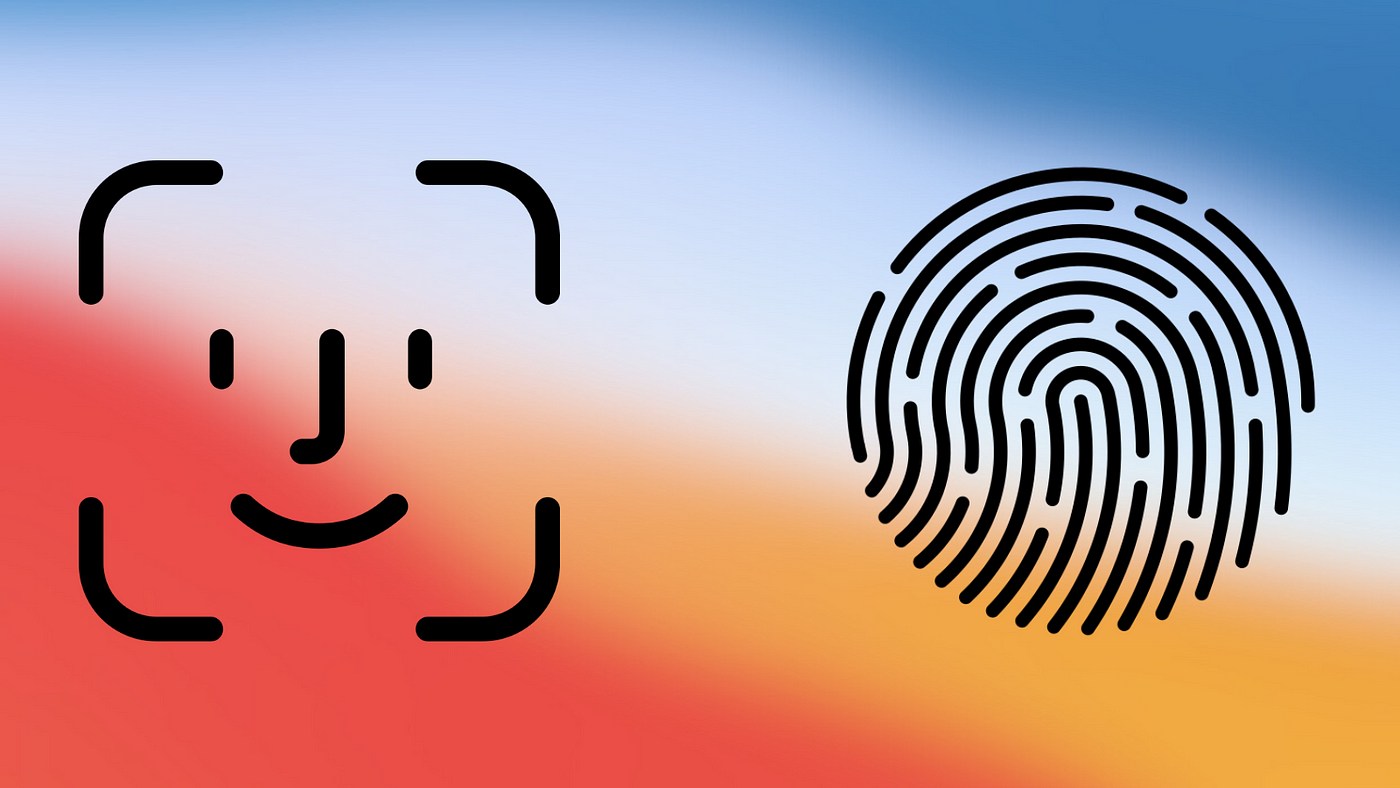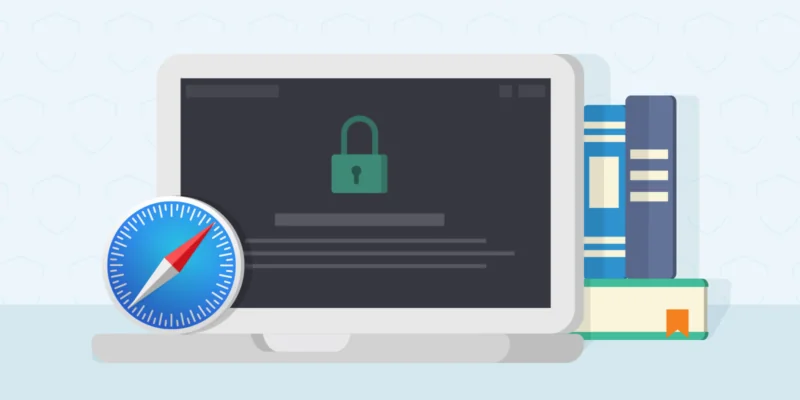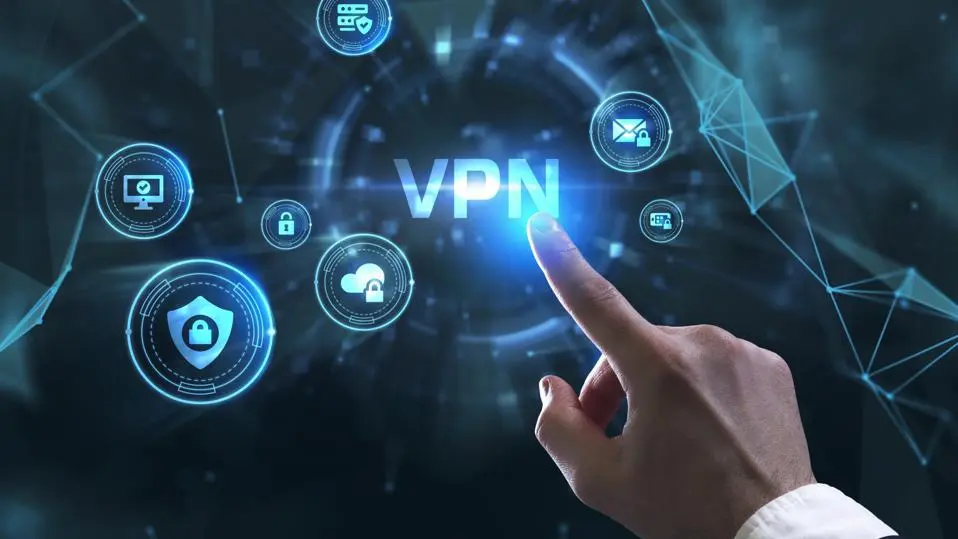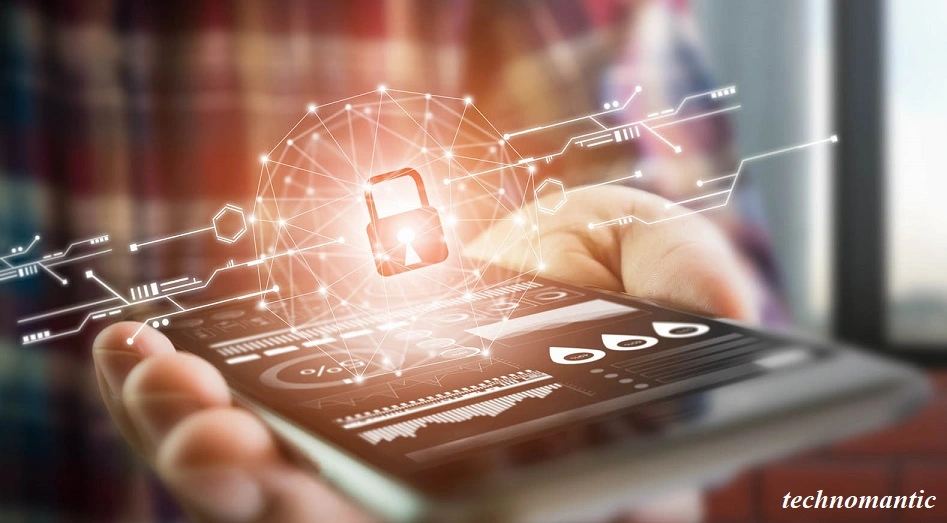Apple generated 43.81 billion U.S. dollars in revenue last year from iPhone sales.
While our phones come equipped with some security settings already, it’s important to understand and leverage some key features.
In this article, we’ll cover some of the crucial safety practices that will keep your iPhone safe.
1. iPhone Privacy Features
For starters, to get to your settings, you’ll go to Settings > Privacy on your iPhone. Once there, you’ll be granted a comprehensive overview and granular control over the various permissions that apps request.
Pay attention to these permissions, as they have access to your device’s location, camera, microphone, contacts, and more.
In just one week, The Washington Post discovered 5,400 hidden app trackers within the data.
We sometimes bypass this message by clicking “OK” to access the website quickly. The problem with doing so is that each permission directly relates to different functionalities that may contain private information.
So check your current privacy settings and review old apps that you don’t use anymore. Ensure that they don’t have access to your location, contacts, photos, etc.
Consider what each app is asking to access, too. For instance, there is zero need for a budget tracker to access your photos.
With this knowledge, you can make informed decisions about data access. Be selective and restrict or revoke access for apps that seem to overstep their necessity.
This process will help prevent the possibility of potential misuse or unauthorized access.
Tailor your iPhone to respect your privacy preferences while still allowing your apps to function effectively.
Must Read: How To Lock Screen For Kids On iPhone & Android?
2. Utilize Passcodes And Face/Touch ID

Your Face ID and Passcode are the master lock outside of your iPhone. A conventional 4-digit PIN is the bare minimum security system. Consider using an alphanumeric passcode that incorporates a combination of letters, numbers, and symbols to increase its complexity. The more challenging it is for unauthorized individuals or automated systems to crack, the better.
To create or modify your code, head to Settings > Face ID & Passcode or Touch ID & Passcode. This is where you can select to use an alphanumeric code over a simpler 4-digit PIN.
The strength of your passcode directly correlates with its intricacy, so pick a sequence that you can easily remember but cannot be easily guessed.
Next up is biometric authentication or, as we call it, Face ID and Touch ID. Face ID works by using facial recognition technology, mapping unique facial features to grant access. Touch ID, on the other hand, uses your fingerprint.
Both methods offer swift and convenient access to your device while also enhancing your iPhone’s overall protection.
3. App Permissions: Grant Wisely
Every application these days seems to ask for permission. Whether it’s to your contacts, photos, location, etc, be super cautious about who you grant access to.
Each time an app requests access to specific functionalities or data, take the time to determine whether these permissions align with the app’s core functionalities.
Before granting permissions, consider the following:
- App Functionality vs. Permission: Does the requested permission directly relate to the app’s primary function? For instance, a photo editing app legitimately requires access to your photo library but might not need access to your contacts.
- Frequency of Use: If an app is rarely used yet requests extensive permissions, this should alert you to question its necessity.
- Sensitive Data Access: Assess if granting the requested permission involves sensitive data. For example, does a game app truly need access to your location or contacts?
To manage app permissions, find Settings > Privacy on your iPhone. There should be a list of categories such as Location Services, Camera, Microphone, Contacts, and more.
Tap into each category to view which apps have requested access and the level of access granted.
While here, you can adjust these permissions and either allow or revoke access as needed.
Keep this proactive approach in mind when managing apps in the future. Hold yourself responsible for maintaining a tight grip on your data, and be sure that only essential information is shared.
4. Safari Privacy: Browse Securely

If you didn’t already know, Safari has its own Privacy Settings within your iPhone settings. The following tools can be used to amplify your security system.
Prevent Cross-Site Tracking
Prevent Cross-Site Tracking deters websites from following your activity across different sites. This option protects your browsing habits from being monitored by advertisers or other entities seeking to build a profile of your online behavior. Here’s what you can do:
Block Pop-Ups
Blocking Pop-ups prevents those intrusive windows from disrupting your browsing experience and improves your defenses against potentially harmful or deceptive ads.
Manage Website Data
In Manage Website Data, you gain control over stored data from various sites. This is where you can remove cookies, cache, and other browsing information. Take back the reins and manage your digital footprint.
5. Say Yes To VPN And Encrypted Connections

By using a Virtual Private Network (VPN), you significantly improve your online security. This is especially important when accessing the internet on public Wi-Fi networks. If you aren’t already one of the 80% of people using a VPN for increased security, the time is now.
Utilizing a VPN for Secure Browsing
Make it a habit to use a VPN when browsing. This becomes your shield of armor when online, acting as a protective barrier, ensuring your sensitive information remains confidential and inaccessible to unauthorized individuals.
VPNs preserve the privacy and security of your data, especially when connected to potentially dangerous public Wi-Fi networks.
A VPN is designed to encrypt your internet traffic and create a secure connection from your device to the web.
Without this shield, your data can be exposed and intercepted by malicious cyber attackers. If you don’t have an iPhone, don’t worry; you can download VPN Android, too.
Prioritizing Encrypted Connections (HTTPS)
When browsing or using applications, make sure to use websites that utilize encrypted connections.
You can verify this by looking for the HTTPS in the website URL or within the app interface. The “S” at the end of HTTPS alerts you that the site is encrypting the data exchanged between your device and the website’s server.
This prevents hackers from intercepting or tampering with the information being transmitted, reducing the risk of unauthorized access or data breaches.
6. Stay Up-To-Date
Software updates are like booster shots for your operating system and applications. They improve safety and address vulnerabilities through the following:
- Security Patches.
- Bug Fixes.
- Performance Enhancements.
Updates are designed to ensure a smoother user experience.
How to Update Your iPhone
Go to Settings > General > Software Update for iOS updates. App updates can be managed through the App Store.
Stay Ahead of Threats
Don’t skip those updates! While they are annoying and take time out of our day, they are responsible for protecting you from evolving cyber threats. These updates reinforce your device with the latest defenses, protecting your personal information effectively.
Conclusion
Stay on top of your iPhone’s security settings. Review each app permission carefully and protect your sensitive information from cyber threats. The best tool to have is awareness, both in and out of the digital world.
While it does require a continuous effort, you’ll be grateful for your secure iPhone practices. Regularly review and update your privacy settings and stay dedicated to keeping your data as safe as possible.
Make this year the year you commit to secure your information and remain adaptable and resilient.




